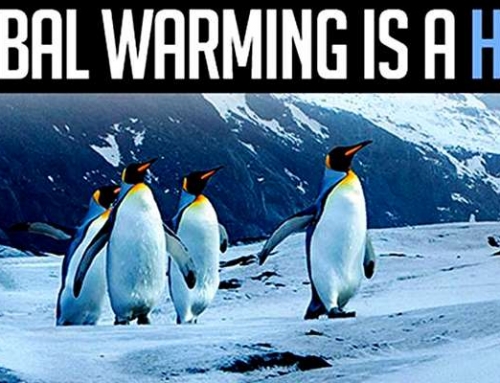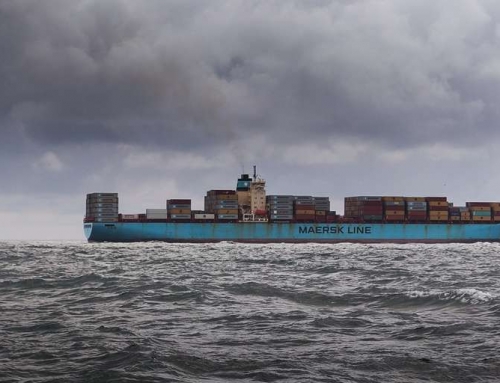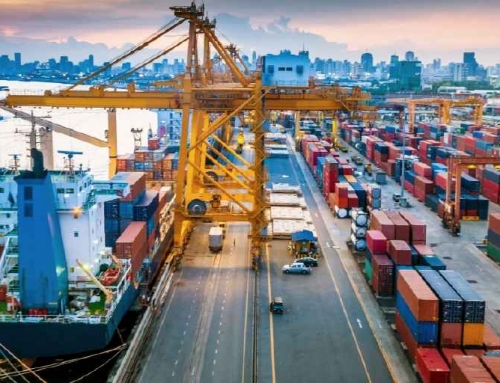The Arctic got its report card Tuesday and it looks like someone is due for detention. It showed the Arctic is in failing health with temperatures at their highest since recordkeeping started more than a century ago, leading to a decline in snowpack and sea ice, ocean acidification and other environmental ills.
“What happens in the Arctic doesn’t stay in the Arctic,” said Jeremy Mathis, director of NOAA’s Arctic research program. The lack of ice and snow could affect jet stream patterns across the Northern Hemisphere, leading to weird weather patterns.
Our global air conditioner appears to be breaking down.
An addendum to the annual assessment, which usually just covers the year from October to September, found the amount of ice from mid-October to late-November was at its lowest ever, the result of unusually warm air wafting up from warmer climates.
“Rarely have we seen the Arctic show a clearer, stronger or more pronounced signal of persistent warming and its cascading effects on the environment than this year,” Mathis said, adding there is no indication the trends will change any time in the near future.
Mathis told Foreign Policy magazine he would give the Arctic’s overall health an “F.”
Brenda Ekwurzel, senior climate scientist at the Union of Concerned Scientists, said in a blog post the persistent warming is the result of “burning coal, oil, gas and deforestation.”
The report, first issued in 2006, found the Arctic is warming twice as fast as other regions. Average annual air temperature over land areas has increased 6.3 degrees since 1900 and spring snow cover was at its lowest level ever, falling to less than 1.5 million square miles in May for the first time. The report also said the Greenland ice sheet is still losing mass and sea ice is at its lowest level since measurements began in 1979. Sea surface temperatures were 9 degrees above average in August and more sun is reaching the upper layers of the ocean, contributing to algae growth.
As the ice melts, it could release billions of tons of carbon in the permafrost, tripling the amount of carbon in the atmosphere.
“The 2016 Arctic Report Card further documents the unraveling of the Arctic and the crumbling of the pillars of the global climate system that the Arctic maintains,” Rafe Pomerance, a member of the Polar Research Board of the National Academy of Sciences, who was not involved in the report, told USA Today.







